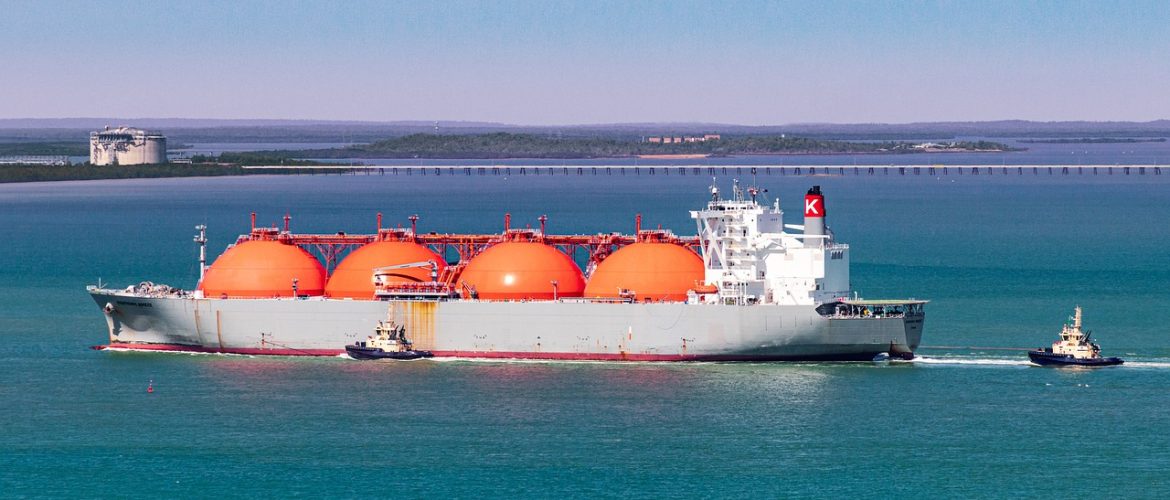Two years after the onset of the energy crisis and the European strategy to decouple from Russian fossil gas imports, in 2024 the tables seem to be turning, raising questions about Greece’s strategy regarding new gas infrastructure.
According to The Green Tank’s most recent Gaswatch report, gas imports from Russia via the Turkstream pipeline from the Sidirokastro gate (3.13 TWh) were eleven times higher in May 2024 than in the same month last year.
On the contrary, LNG imports have dropped significantly (0.74 TWh from the Agia Triada gate in May and 0.28 TWh since the end of February via the new Alexandroupolis FSRU). Moreover, based on Eurostat data for the first quarter of 2023, Europe as a whole continues to reduce energy imports in general and LNG in particular, with a 35.9% decrease in value and 14.5% in volume.
As reported Marina Demertzian for ERTNEWS’ “Economy Insert” (24/6/2024), the increase in gas imports from Russia and the rapid decline in LNG imports call into question the viability of existing and planned gas infrastructure in Greece.
At the same time, the final NECP is expected to be submitted in the autumn, with its latest version including a reduction of gas in electricity generation, but insisting on the construction of new gas infrastructure.
“The new gas plants envisaged in the NECP will need power adequacy mechanisms that will essentially impose a burden on citizens and the national economy,” said Nikos Mantzaris.
You can watch the full ERTNEWS report in Greek here.



